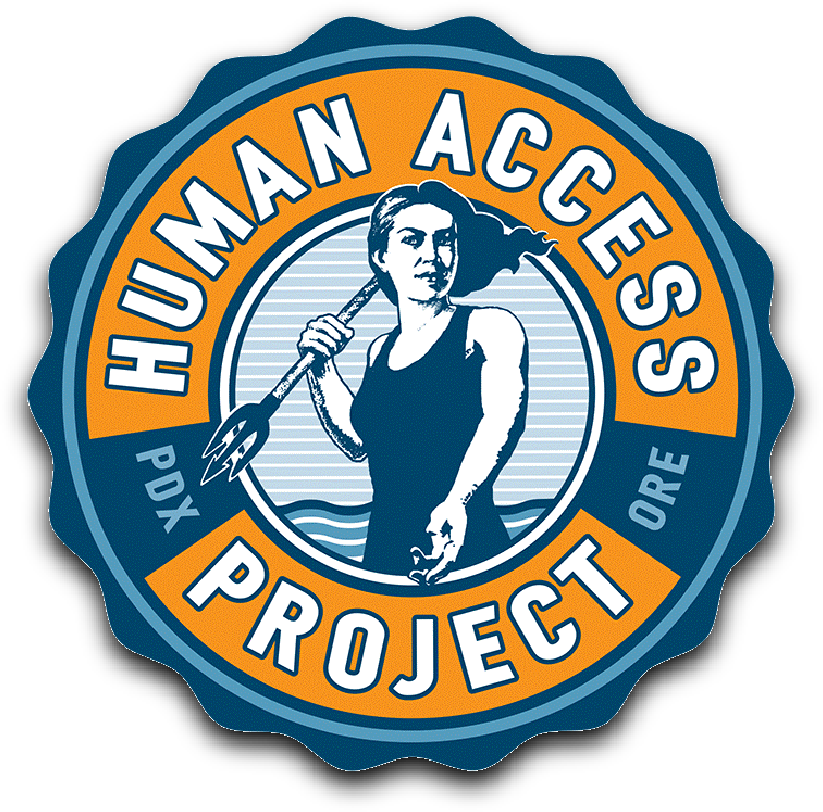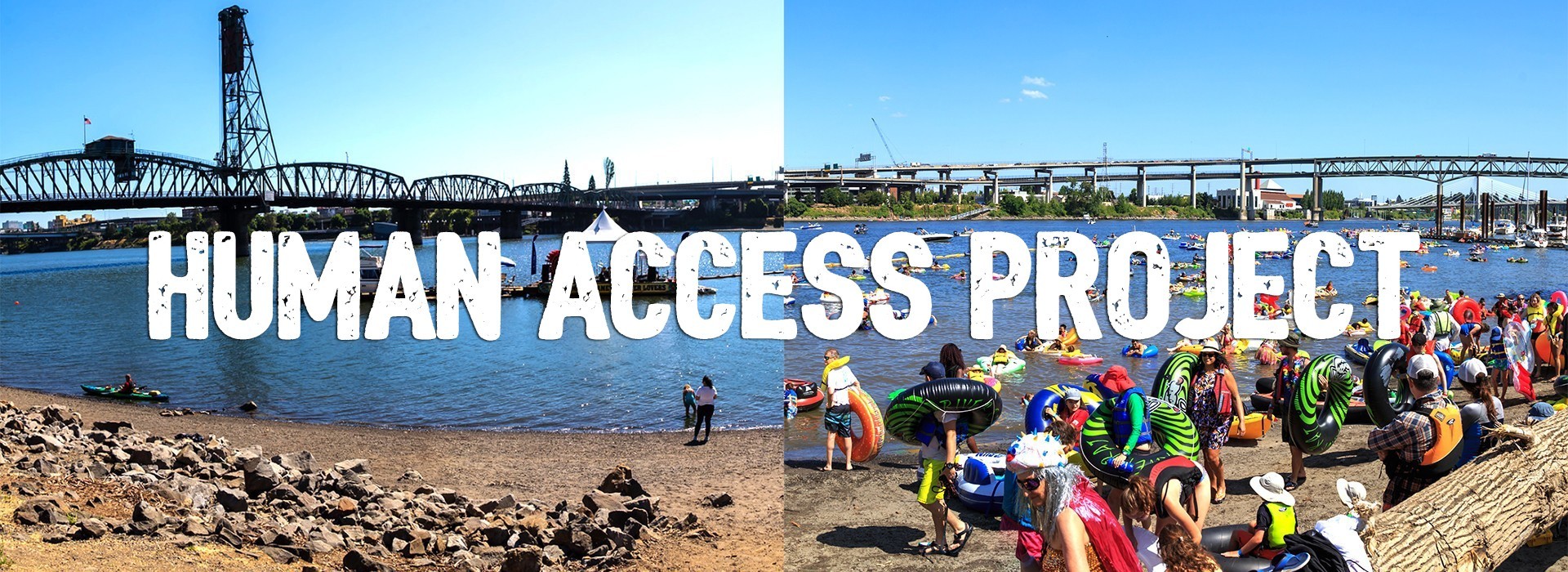

Water Quality
SOLVING THE ROSS ISLAND LAGOON HARMFUL ALGAE BLOOM
THE LOWDOWN ON WILLAMETTE RIVER HARMFUL ALGAE BLOOMS IN PORTLAND
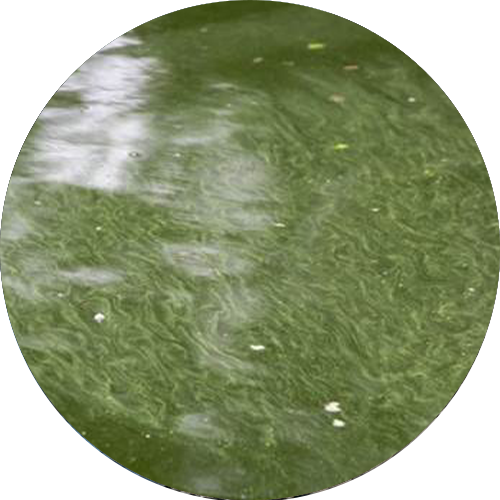
WHAT THE HECK IS A HCB?
- • A HCB is a Harmful Cyanobacteria Bloom (aka harmful algae bloom) that is not actually algae at all. HCBs are created by cyanobacteria, a photosynthetic, single-celled bacteria that naturally occur in fresh water and saltwater all over the world.
- • HCBs usually appear as thick, brightly colored scum – pea-green, blue-green, or brownish red.
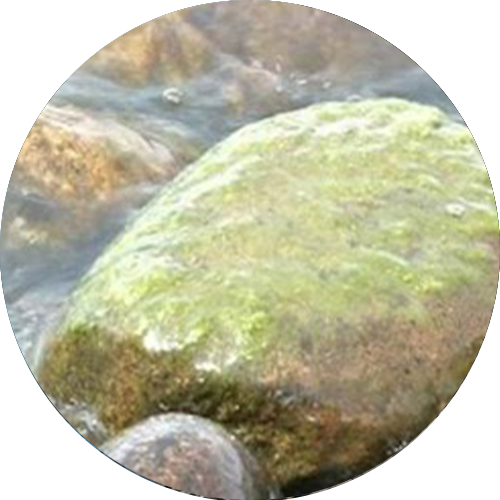
WHY SHOULD YOU CARE?
- • When testing shows acceptable cyanotoxin levels from a bloom, people can swim and recreate in the water. If toxin levels are too high, Oregon Health Authority will issue health advisories for affected areas.
- • As necessary, DEQ gathers data at Ross Island Lagoon and other areas on the Lower Willamette.
- • Climate change is creating conditions that favor cyanobacteria and the development of HCBs. Reduced snowpack, lower/warmer water levels, and less nutrient distribution equals more blooms.
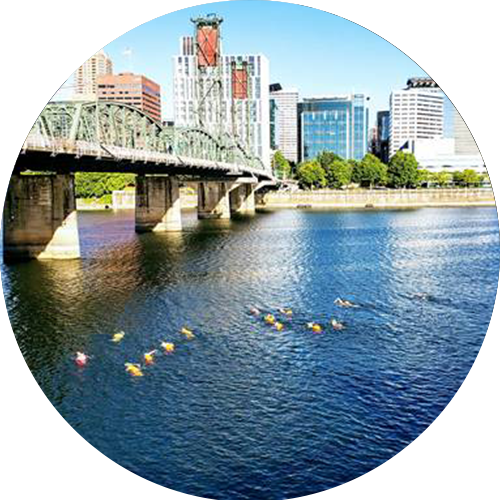
WHAT TO DO
- • Avoid swallowing water in any natural waterway. If you do swallow water where you see a HCB, watch for symptoms similar to food poisoning, or tingling in fingers, toes, or around the lips.
- • All cyanobacteria can cause skin rashes, but cyanotoxins do not pass through the skin. Exposure occurs through swallowing affected water.
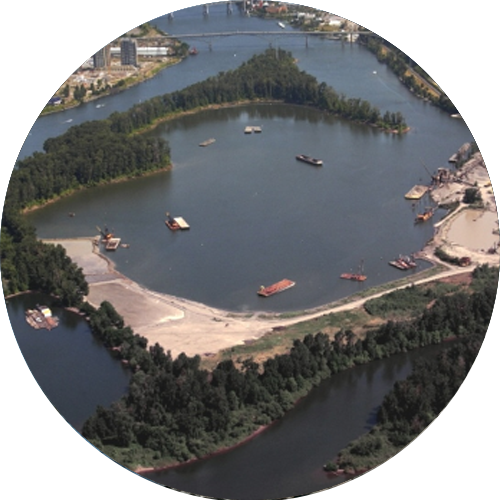
WHERE DO THEY OCCUR?
- • In the Lower Willamette River (LWR), HCBs typically form in warm, still water with minimal flow and high nutrient (nitrogen and phosphorous) concentrations. Cyanobacteria can multiply into large colonies called “blooms” that can produce cyanotoxins.
- • Ross Island Lagoon is essentially a pond within the Lower Willamette River with a favorable environment for cyanobacteria to multiply into a bloom. There are also other areas on the river where blooms can form.
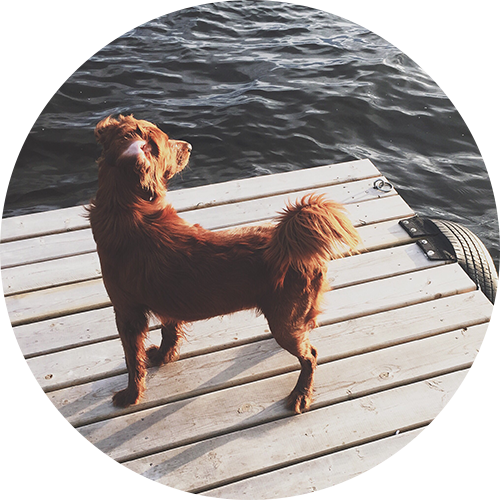
P.S. POOCH SAFETY
- • Cyanotoxins from a HCB can harm and even kill dogs. Don’t let your pet drink or swim in water with a HCB. If it happens, wash your pet with clean water and consult a vet.
- • For more information, go to www.healthoregon.org/hab
